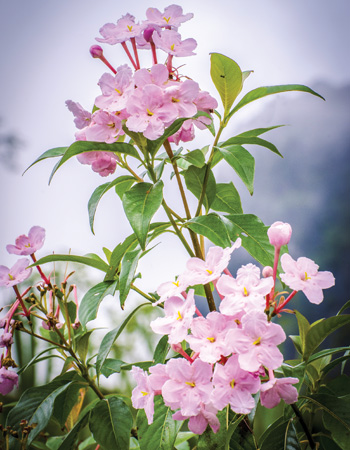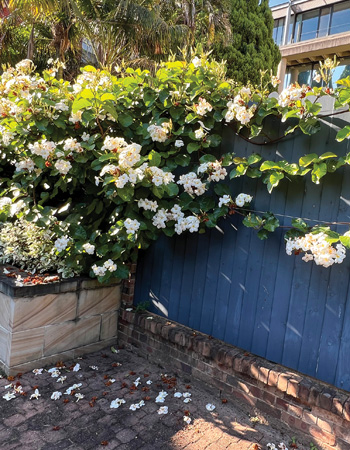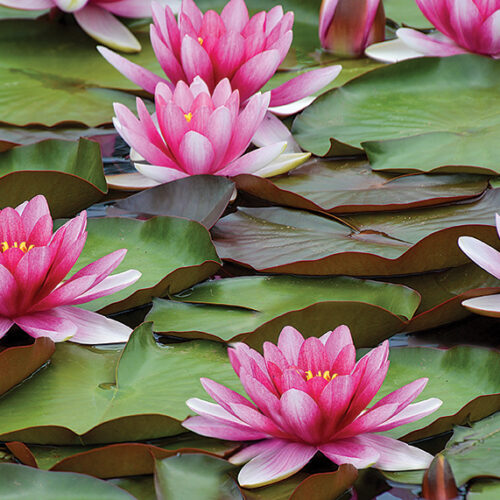Scent and sensibility
2025-11-12T09:38:46+11:00
From citrusy blooms to honeyed blossoms, fragrant plants add an extra dimension to the garden. In our December issue, horticulturist Steve Falcioni shares some heavenly-scented shrubs, trees and climbers.
When choosing plants for our gardens, it’s easy to become captivated by beautiful flowers and striking foliage. But there’s another trait we should never overlook – fragrance.
Incorporating fragrant plants is a way to engage more deeply with the garden. It creates a reason to pause and ‘drink in’ your plants, and can evoke nostalgic memories. Plus, pollinators love them too! Ready to plant for perfume? Here are a few reliable options:
Luculia spp.
Luculia species are elegant shrubs producing large clusters of heavenly scented, tubular flowers. They do best in full sun to part-shade, in rich soils that are kept moist in summer, and tolerate light frost. Two noteworthy species are L. pinceana (2–3m tall and wide), which has white to light pink flowers from spring to autumn, and L. gratissima (4m x 1.5m, pictured) which is semi-deciduous in cold areas with pale pink flowers that appear from autumn to winter.
Frangipani vine (Chonemorpha fragrans)
This wonderful climber is not actually a frangipani relative, but its large white flowers with yellow centres look and smell similar. It’s evergreen in warm climates and deciduous in cooler areas. It’s not frost-tolerant. The height is variable and can be managed with pruning. (The delightfully fragrant snail vine – Cochliasanthus caracalla – is a smaller alternative, growing 6–10m high.) For tips on adding fragrance to your garden – plus more scented plants to try – pick up the December issue of ABC Gardening Australia magazine, on sale now!


For tips on adding fragrance to your garden – plus more scented plants to try – pick up the December issue of ABC Gardening Australia magazine, on sale now!
Header image by Alamy




